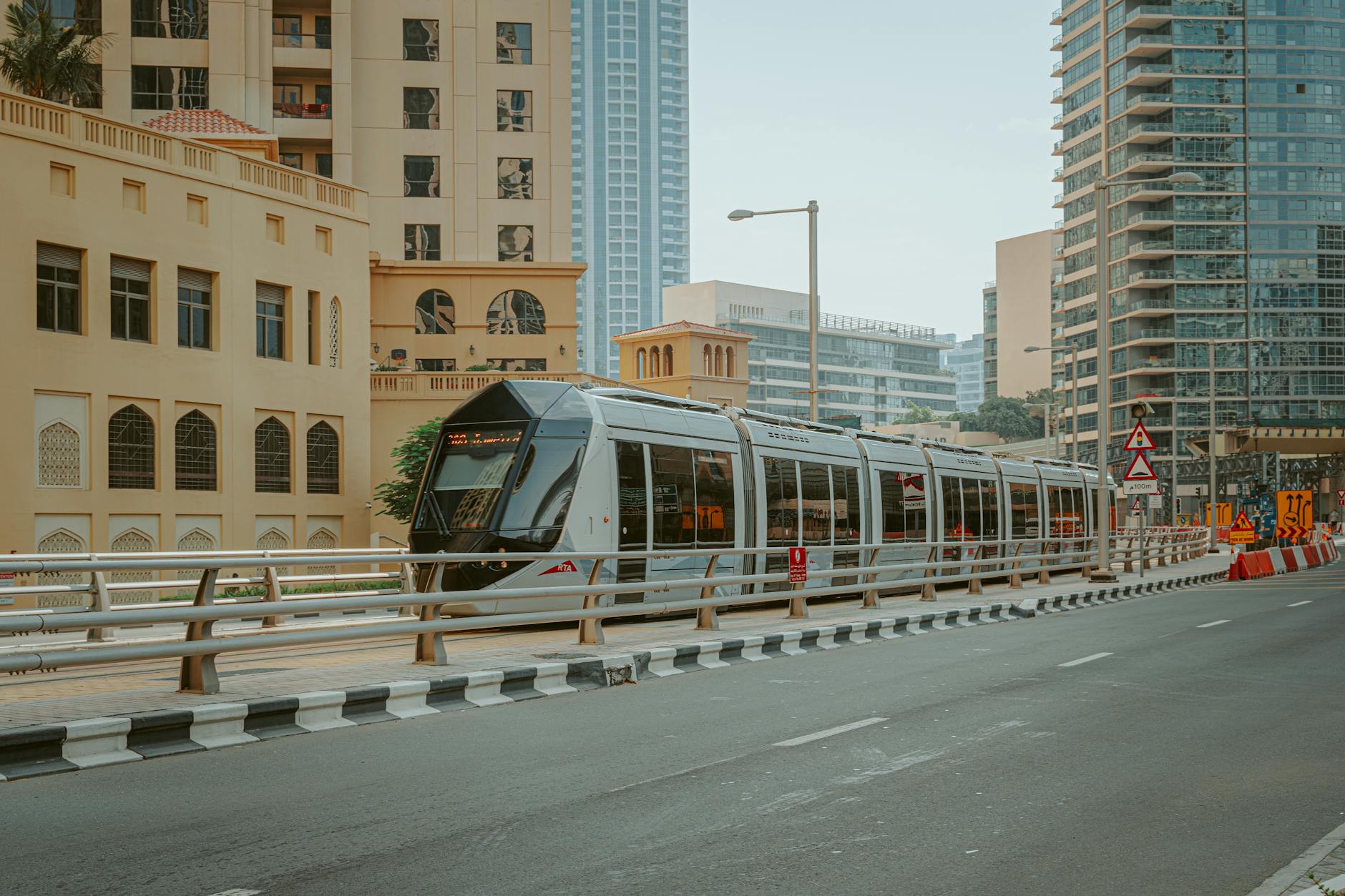Boost Your SEO Game with Smart Image Hacks!

Introduction
In the ever-evolving landscape of digital marketing, Search Engine Optimization (SEO) remains a cornerstone strategy for driving organic traffic to your website. Among the myriad components that constitute effective SEO, image optimization is often overlooked, yet it holds significant potential to elevate your site's visibility and performance. In this guide, we will delve into the realm of image optimization, offering expert tips and proven strategies to harness the power of visuals for an SEO advantage.
The Impact of Image Optimization on SEO
Images do more than just make your website look attractive; they are a vital part of your SEO strategy. Search engines now possess sophisticated algorithms that not only index text but also analyze images. By optimizing your images, you are enabling search engines to understand the context of the visuals, thereby contributing positively to your website's overall SEO.
Why Optimize Images?
- Improved Page Load Speed: Large, unoptimized image files can drastically slow down your website, impacting the user experience and search engine rankings.
- Enhanced User Engagement: Well-optimized images cater to both accessibility and user interest, reducing bounce rates and encouraging visitors to stay longer on your site.
- Better Rankings in Image Searches: Search engines, like Google, have an image search feature that can drive significant traffic to your website if your images rank well.
Proven SEO Image Optimization Strategies
1. Choose the Right File Type
Image file types affect both the quality and size of the image.
- JPEG: Ideal for photographs with a wide range of colors.
- PNG: Best for images that require transparency, like logos.
- WebP: A newer format that offers superior compression and quality.
2. Compress Images
Large image sizes slow down page load times. Use tools to compress your images without losing quality.
- TinyPNG/TinyJPG: Online tools that reduce file size.
- Imagify: A WordPress plugin that automatically optimizes images.
3. Name Images Descriptively
Choose descriptive, keyword-rich filenames for your images, which helps search engines understand the image content.
- Bad: IMG12345.jpg
- Good: homemade-chocolate-chip-cookies.jpg
4. Use Alt Tags Intelligently
Alternative text (alt tags) describes an image's content and function. It's crucial for accessibility and helps search engines index images properly.
- Example Alt Tag: "Woman practicing yoga by a serene lake at sunset."
5. Leverage Image Sitemaps
Submit an image sitemap to search engines to ensure all your visuals are indexed, which can improve the visibility of your images in search results.
6. Utilize Structured Data
Structured data can be used to provide search engines with more information about your images, enhancing their appearance in search results (e.g., with rich snippets).
7. Optimize Image Dimensions and Display Sizes
Align your image's display size with the actual dimensions to reduce unnecessary file size and ensure crisp display without scaling issues.
8. Responsive Images for Mobile Optimization
Employ responsive image methods so that images adapt to various screen sizes and resolutions, providing a better user experience.
Conclusion
Optimizing images is a critical but often neglected aspect of SEO. By implementing the smart image hacks discussed above, you can significantly improve your website's search engine visibility and performance. These strategies go beyond aesthetics, playing a crucial role in enhancing your SEO game.
Embrace the art of image optimization, and let the visual elements of your website propel you to the top of search rankings. Click for proven strategies, and start harnessing the full potential of your website today!
Remember, SEO is a long-term investment, and every little detail, including image optimization, can collectively contribute to the overall success of your online presence.